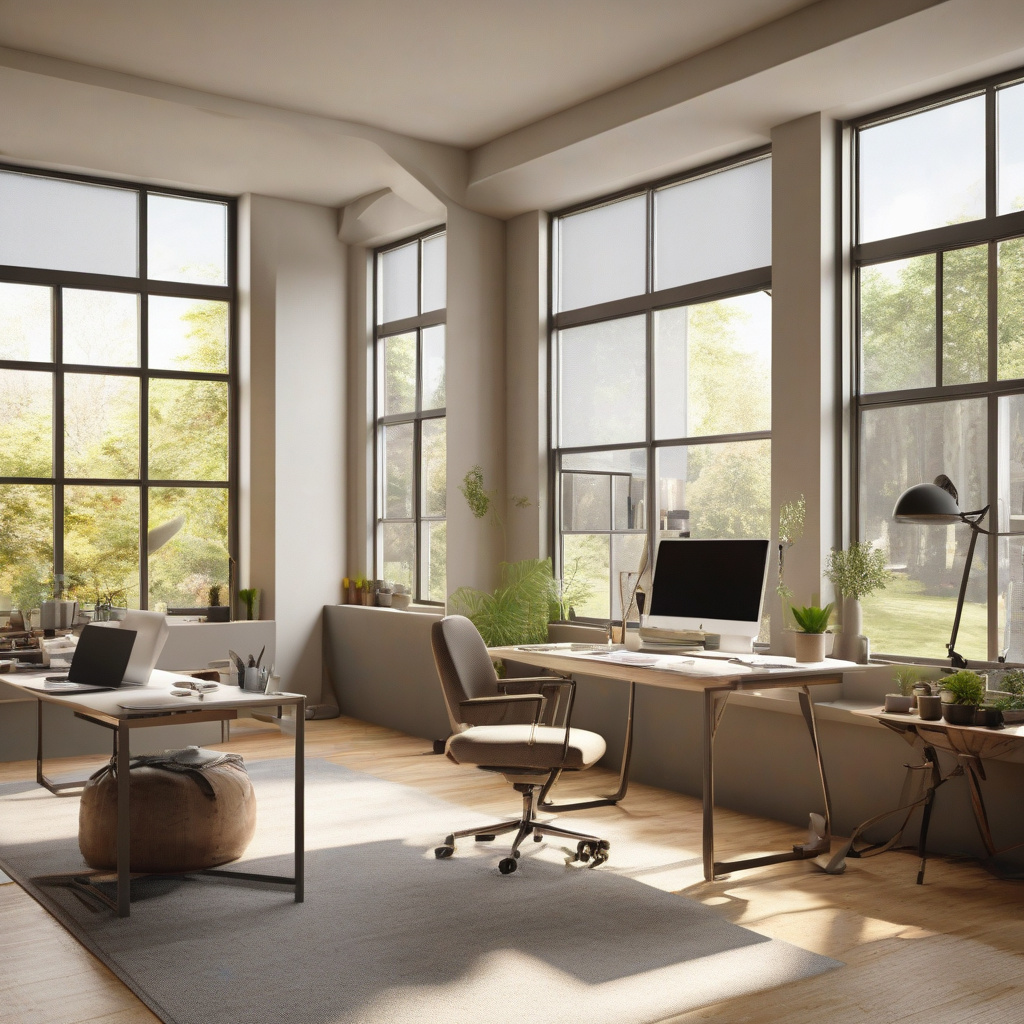Stop Squinting! 10 Ways to Make Windows Easier on the Eyes
Working on a modern Windows PC with high-resolution displays or multiple monitors can sometimes strain your eyes, leading to squinting and discomfort. Fortunately, Windows offers a range of settings to alleviate this issue and make your screen more readable and user-friendly. Here are 10 effective ways to enhance your Windows experience:
#### 1. Adjust Display Scaling
– Fine-tune the display scaling settings to make elements larger and more visible on your screen. Customize scaling percentages for individual displays to suit your preferences.
#### 2. Increase Text Size
– Enlarge text size independently of other elements by adjusting the text size slider in Windows settings. This allows for a more comfortable reading experience.
#### 3. Zoom In on Web Pages and Documents
– Easily zoom in on web pages and documents in browsers like Chrome or applications like Microsoft Word for better readability.
#### 4. Enhance Mouse Pointer and Text Cursor
– Customize the color and size of your mouse pointer and text cursor to improve visibility, especially on larger displays.
#### 5. Widen Scrollbars
– Increase the size of scrollbars in traditional desktop apps like Chrome for easier navigation. Prevent scrollbars from auto-hiding using a simple registry tweak.
#### 6. Enlarge Taskbar
– On Windows 10, adjust the taskbar size for better accessibility. Third-party tools like Start11 or ExplorerPatcher offer alternatives for Windows 11 users.
#### 7. Make File Explorer Icons Bigger
– Enlarge icons in File Explorer and on the desktop for improved navigation. Simply hold Ctrl and scroll up with the mouse wheel.
#### 8. Optimize Display Refresh Rate
– Increase the display’s refresh rate for a smoother desktop experience. Ensure your display is running at the highest refresh rate supported for enhanced visual comfort.
#### 9. Utilize Magnifier Tool
– Use the built-in Windows Magnifier tool to zoom in on content quickly and effortlessly, reducing eye strain during extended usage.
#### 10. Tweak App Compatibility
– Adjust compatibility settings for older applications that may appear blurry or small on high-resolution displays. Fine-tune DPI settings and scaling options as needed.
By implementing these 10 strategies, you can significantly enhance your Windows user experience, reduce eye strain, and make on-screen content more accessible and readable. Embrace these tips to optimize your workflow and prioritize visual comfort while using your Windows PC.

